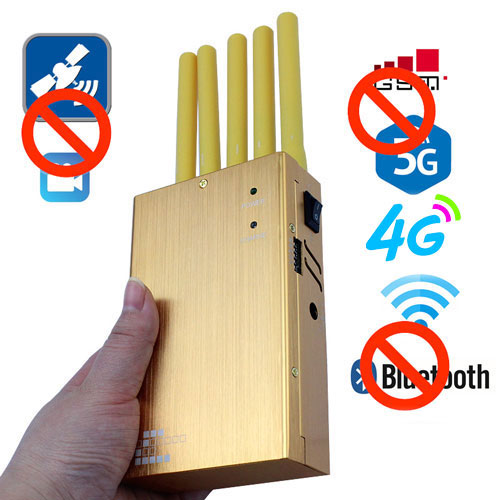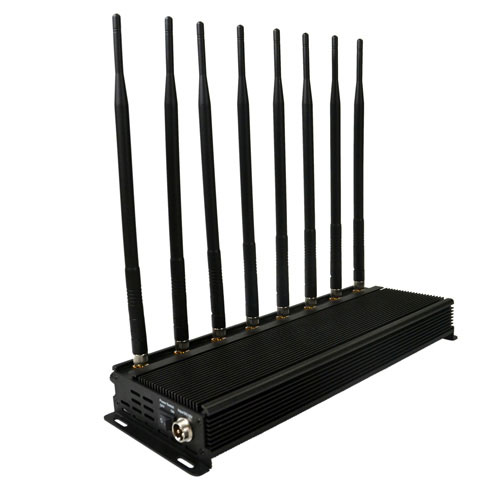We have developed the LTE green signal jammer prototype system, and implemented a variety of interference methods for each downlink wireless physical channel and wireless signal of the LTE, tested in the actual environment, and compared with other LTE jammers. Table 1 is the reference signal strength, the base station signal strength, the total strength of the interference signal between the base station signal and each jammer measured at different distances from the jammer under the condition of keeping the transmit power constant; Table 2 is the interference effect, the lowest The interference signal ratio and the average equivalent output power of the jammer in the 20MHz bandwidth. From the above results, it can be seen that the minimum interference signal ratio required by the green jammer is 1/500 of the A product and 1/600 of the B product. That is, in the same scenario, the average transmit power required by the green jammer is 1/500 of other products.

Figure 4 shows the 17 from the jammer. The base station signal received by the spectrum analyzer at 2m (Figure 4(a), the base station and green jammer signal (Figure 4∞), the base station and product A interference signal (Figure 4(c)), the base station and product B interference signal (Figure 4(d)) The power spectrum (including the receiving antenna gain) of Figure 4(a), the change of Figure 4<b) is very small, which shows that the average output power of the green jammer is very small; Figure 4 (E) The medium power spectrum has a larger increase, which indicates that the average output power of product A is larger; the power spectrum in Figure 4(d) has a larger increase, which indicates that the average output power of product B is larger. However, only the green jammer can successfully shield the LTE signal at this time.
From the actual measurement results, it is not difficult to find that the interference signal ratio required by the LTE green jammer is much smaller than the interference signal ratio required by the swept-frequency LTE jammer. This is mainly due to the fact that the green jammer only transmits on very few time-frequency resources. Interference signal, and can cleverly bypass various anti-interference designs of LTE. In practice, due to the limited frequency points that are actually used in the same place, the transmission power can be further saved by 3-5dB; but considering the situation of multiple cells at the same frequency, the total transmission power will be increased, generally up to 3-5dB. In extreme cases, it does not exceed 7. 8dB and the signal will be very weak at this time. Therefore, compared with the swept-frequency LTE jammer, the LTE green jammer can reduce the total interference signal ratio requirement by about 27dB (that is, 1/500 of the former).





